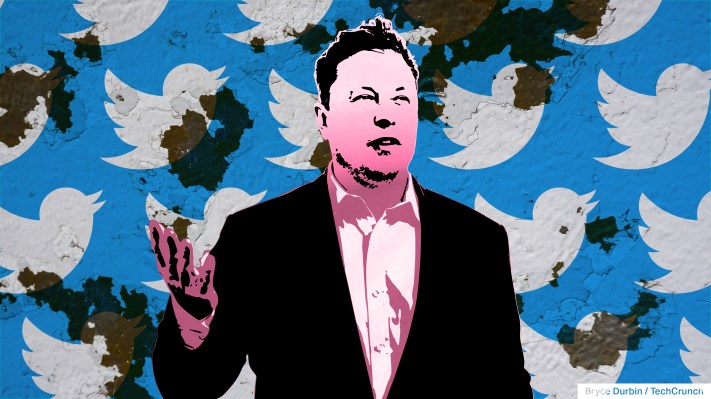Most marketers can’t dream so big as to imagine a world where the name of their product is mentioned on every newscast, written about on every flier, every advert, every sign and every email signature.
That’s the absurdly omnipresent power of the Twitter brand. At first, it seemed like Musk was playing a game of chicken with the site. But no. The gloves are off. The hawks are out. When X’s home icon changed from a birdhouse to a regular house, you know that things were starting to get real. Twitter isn’t dying: It’s dead.
Tweets are posts. Retweets are reposts. The cute little home icon? Burn it. Accessibility? Diversity? Eh. It doesn’t matter. That’s not who we’re building for over here. And in the process, the artist formerly known as Twitter is burning so much brand recognition it’ll make a junior advertising executive do unspeakable things.
None of these things makes sense if you are playing the wrong game.
If you think Musk is ruining Twitter, then yeah, he is. That’s because he’s not in it for Twitter. He’s in it for X, and the current lovers of the platform are collateral damage.
Founders love giving top-down takes. What’s the total addressable market, how can it be segmented in a way that makes money, and as the tide raises all boats, how hard can founders ride that CAC-to-LTV ratio mixed metaphor into the supernova of their IPO?
I’ve been doing this long enough that I know what works. The problem is that every category-defining company of our era didn’t have an addressable market: They created one.
Seen through that lens, after a bout of pneumonia, a couple shots of whiskey, and some squinting, perhaps X is starting to make a little bit of sense.
Ripping the personality out of X is what Elon has to do to make it fit his dream: to have been right all along. He wants to be right about PayPal, which ultimately failed to solve all the world’s banking problems. Then he got distracted by sending stuff into space, running a company literally into the ground (and was boring about it) and building an electric car or two.
Musk can be a raging sack of arrogance, and I dislike him for it, but he’s right about a few major things. In 1999, banking in the U.S. was a morass of misery, and globally, things were even worse. Some of the features of Scandinavian internet banks back then sounded like witchcraft to American ears. And today I still can’t transfer some money from my bank account to my neighbor’s without three panic attacks, two-thirds of a computer science degree, and some sort of digital intermediary.
Consumer banking was broken 25 years ago, and it still is today. It’s ludicrous that the banks couldn’t get together and solve this, so now we’re all stuck with Square, Stripe, Plaid, and the 10,000 PayPal/Venmo/Cash App clones. “Everyone is making money,” you might squeal short-sightedly. Yeah, but whose money? Why should it cost any money to move money from one place to another, ever? For consumers, that’s absurd. It means that by the time you give your dollar to someone, it becomes 97 cents just by virtue of having changed hands. If we were to send that one dollar back and forth enough times, it would disappear.
If we haven’t been able to fix banking in 25 years, we may never be able to. And so the only way to “fix” that system is to supplant it.
In that context, everything that’s happened starts to make sense. Musk isn’t trying to build a bank; he’s trying to replace the entire banking system altogether.
Some of the pieces of that puzzle are starting to come together. By creating a whole new banking system (let’s call it a chain of blocks for the time being; we’ll think of a better name later), the tech, transfer and trust layers are taken care of.
Now you just need an absolutely absurdly huge user base to plop on top of that technology. That’s where crypto so far has failed; yes, it’s easier than it was, but as long as tap-to-pay exists, the friction to move to any sort of crypto thing is just too high.
So how do you get an absolutely enormous user base with as little dead weight as possible? You buy a site with an unreasonable number of users who all gather around to share SMS-length messages with each other.
Musk has one of the largest user bases in the world. There’s just one problem: People are using the site. It would be much better if these users weren’t so unlike bank customers.
Everything that isn’t part of that mission needs to go. Twitter employees used to call themselves the Flock. And all of that needs to be ripped out as well, because, well, we aren’t here for culture. We are here to build a bank.
And all he needed was the users. And a fox to raid the henhouse.
